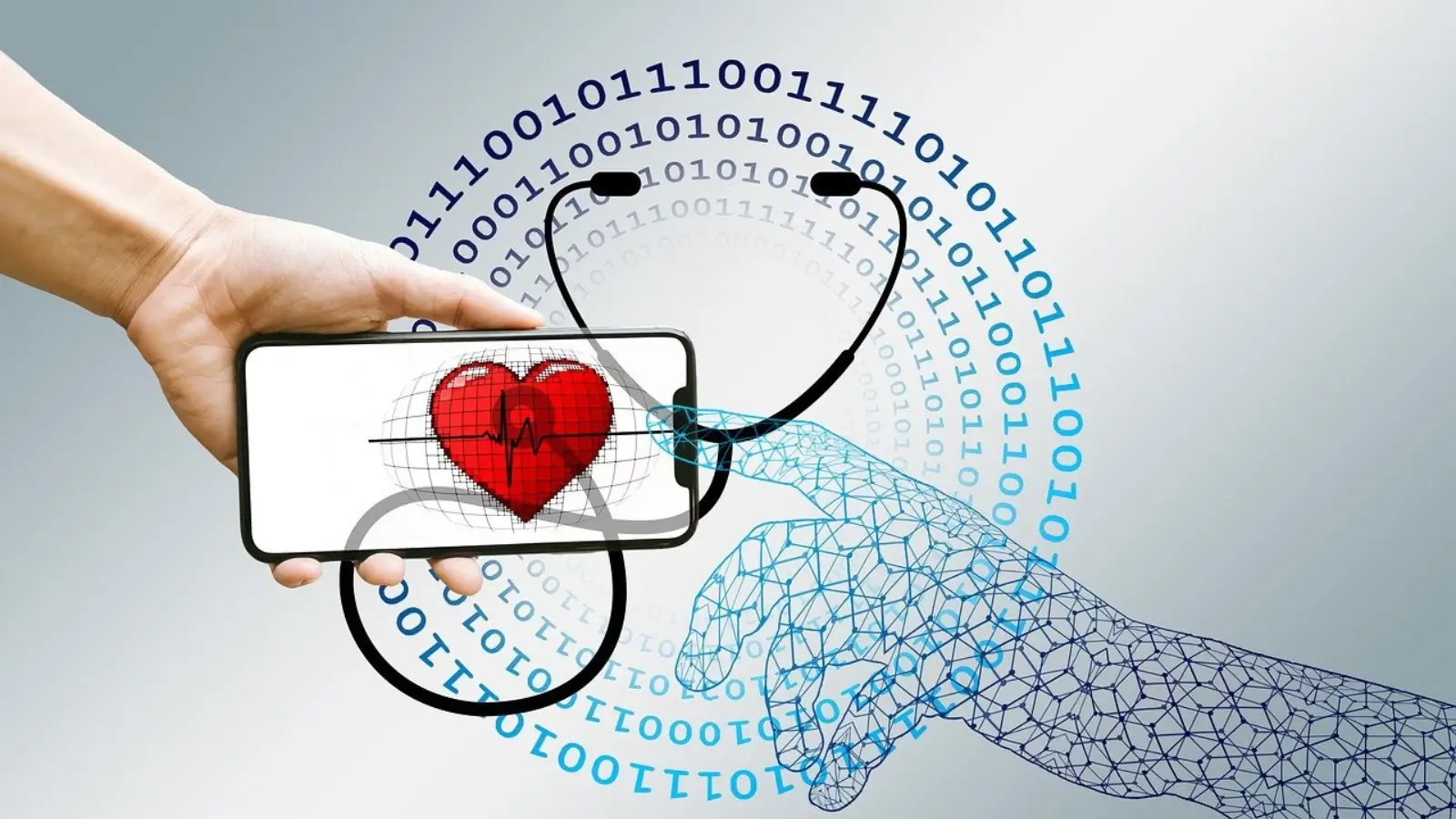


Technology has become an indispensable part of life, disrupting industries across the board, healthcare included. Clinics are now harnessing technological advancements to make their patient experiences way better, streamline operations, and boost overall results. From digital records to telemedicine, innovation has drastically transformed how clinics function.
The need for special classes to decipher handwritten paper records has been put to rest. EHRs have become a phenomenal asset to modern clinics. EHRs have not only replaced physical paperwork with digital solutions but have also greatly increased the accuracy and accessibility for healthcare professionals. Patient data can now be quickly retrieved in just a few clicks, giving healthcare providers immediate access to medical histories, lab results and prescriptions. EHR implementation reduces errors, ensures better coordination among the care teams, and allows for much easier communication. Patients also benefit from this technology by having online access to their own healthcare records allowing them to play an active role in managing their health.
Customer Relationship Management (CRM) systems have revolutionized how clinics manage patient interactions and streamline operations. With these platforms, clinics can track appointments, send automated reminders, and keep detailed records of patient communications. CRM for clinics can offer them valuable insights into patient behaviors and preferences, enabling personalized care that improves the satisfaction among their patient base. Integrating CRMs with other healthcare technologies, like electronic health records (EHRs), improves the workflow efficiency and ensures a positive experience for both the patients and staff. Implementing a CRM system is a great way for clinics to build strong patient relationships while optimizing practice management.
Telemedicine has proven an amazing service, creating a lot more convenience between clinics and their patients. Healthcare providers use virtual consultations with patients from their home allowing access to in-person healthcare where it may be limited or unavailable. This enables continuity of care, reduced waiting room overcrowding, decreased risk exposure of infectious diseases while saving significant travel costs.
Wearable devices have evolved beyond fitness trackers into important health tools. Smartwatches, ECG monitors, and health apps now provide real-time data on heart rate, oxygen levels, sleep quality and more. Clinics can use this data to prioritize preventive care and tailor treatments based on personal needs. Wearable technology offers constant monitoring with early alerts that prevent complications while improving the patient’s quality of life. Their integration into clinic practices has shifted the emphasis from reactive to proactive care.
While technology offers many advantages in healthcare, human connection remains highly important. Clinics must find a balance between using advanced tools and offering compassionate, tailored care. Encouraging training programs and emphasizing empathy alongside technology is the way forward to ensure the best of both worlds.
Integrating technology into clinics is the future of healthcare. Each new development moves us closer to providing patient-centric, efficient, and accessible care. Staying on top of technological advancements ensures competitive edge while upholding high standards for health services. Using cutting-edge solutions, clinics set themselves up for improved health outcomes. Not replacing healthcare professionals but rather helping them deliver care more effectively with precision and personal attention.